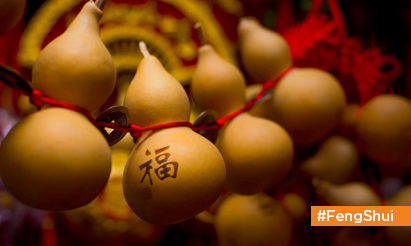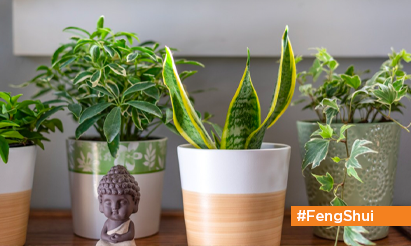Crafting Your Kitchen with Feng Shui Wisdom
In the intricate tapestry of Feng Shui, the kitchen stands as a vital space where the energies of nourishment and prosperity converge. For our Indian readers seeking a harmonious home, this detailed guide unravels the principles of designing a kitchen according to Feng Shui—a practice that transcends aesthetics to infuse your culinary haven with positive energy, abundance, and balance.
1. Understanding Kitchen’s Significance: The Heart of the Home
In Feng Shui philosophy, the kitchen is considered the heart of the home—a space where the vital energy of nourishment is cultivated. It represents more than just a place to cook; it symbolizes abundance, prosperity, and the well-being of the family. Recognizing the kitchen’s significance is the first step toward aligning its design with Feng Shui principles.
2. Balancing the Elements: Harmony in the Culinary Space
Feng Shui emphasizes the balance of the five elements—Wood, Fire, Earth, Metal, and Water—in every space, including the kitchen. Striking a harmonious balance ensures a flow of positive energy. For instance:
- Wood (Cabinets and Cutting Boards): Represents growth and vitality.
- Fire (Stove and Appliances): Symbolizes energy and transformation.
- Earth (Earthy Colors and Decor): Provides stability and nourishment.
- Metal (Utensils and Appliances): Enhances precision and efficiency.
- Water (Sink and Decor): Represents the flow of energy and abundance.
3. Kitchen Layout and Design: Maximizing Positive Energy Flow
The layout and design of the kitchen play a crucial role in Feng Shui. Consider the following aspects:
- Command Position: Position the stove so that the cook has a clear view of the kitchen entrance. This symbolizes command and control.
- Clutter-Free Space: Keep countertops and storage areas clutter-free to allow the smooth flow of energy. A clutter-free kitchen fosters clarity and efficiency.
4. Colors and Aesthetics: Infusing Positivity into Culinary Spaces
Colors hold significant importance in Feng Shui. Opt for colors that resonate with positive energy:
- Earth Tones: Shades of yellow, brown, and green bring grounding and nourishing energy.
- White and Metallics: These colors enhance the cleanliness and precision of the space.
- Avoid Strong Reds: While red is considered auspicious, it can be overwhelming in a kitchen. Use it sparingly.
5. Enhancing Prosperity: Activating Wealth Corners in the Kitchen
In Feng Shui, wealth corners exist in every room, including the kitchen. Activate the wealth corner by:
- Placing Prosperity Symbols: Decorate the wealth corner with symbols of prosperity, such as a bowl of fresh fruits or a thriving plant.
- Using Mirrors: Mirrors can amplify the abundance energy. Place a mirror to reflect the stove but avoid reflecting the sink.
6. Practical Tips for Positive Energy: Infusing Daily Rituals
Practical tips aligning with Feng Shui principles include:
- Regular Cleaning: Maintain cleanliness to ensure positive energy flow.
- Fresh Ingredients: Use fresh, high-quality ingredients to symbolize vitality and nourishment.
- Well-Organized Storage: Efficiently organize kitchen items to promote a sense of order and clarity.
Conclusion:
As we delve into the principles of Feng Shui for the kitchen, it becomes evident that this ancient practice extends beyond aesthetics—it is a holistic approach to infusing positive energy into the heart of your home. For our Indian readers, where the kitchen holds cultural and familial significance, aligning its design with Feng Shui principles is an invitation to harmony, prosperity, and well-being. So, embark on this journey of culinary Feng Shui, where every meal becomes a nourishing ritual, and the kitchen transforms into a space of abundance and positive energy.




